Microsoft Teams now uses 50% less power than when it first launched
It has been a long-term goal of Microsoft to make the Team experience equitable across high and low-performance hardware
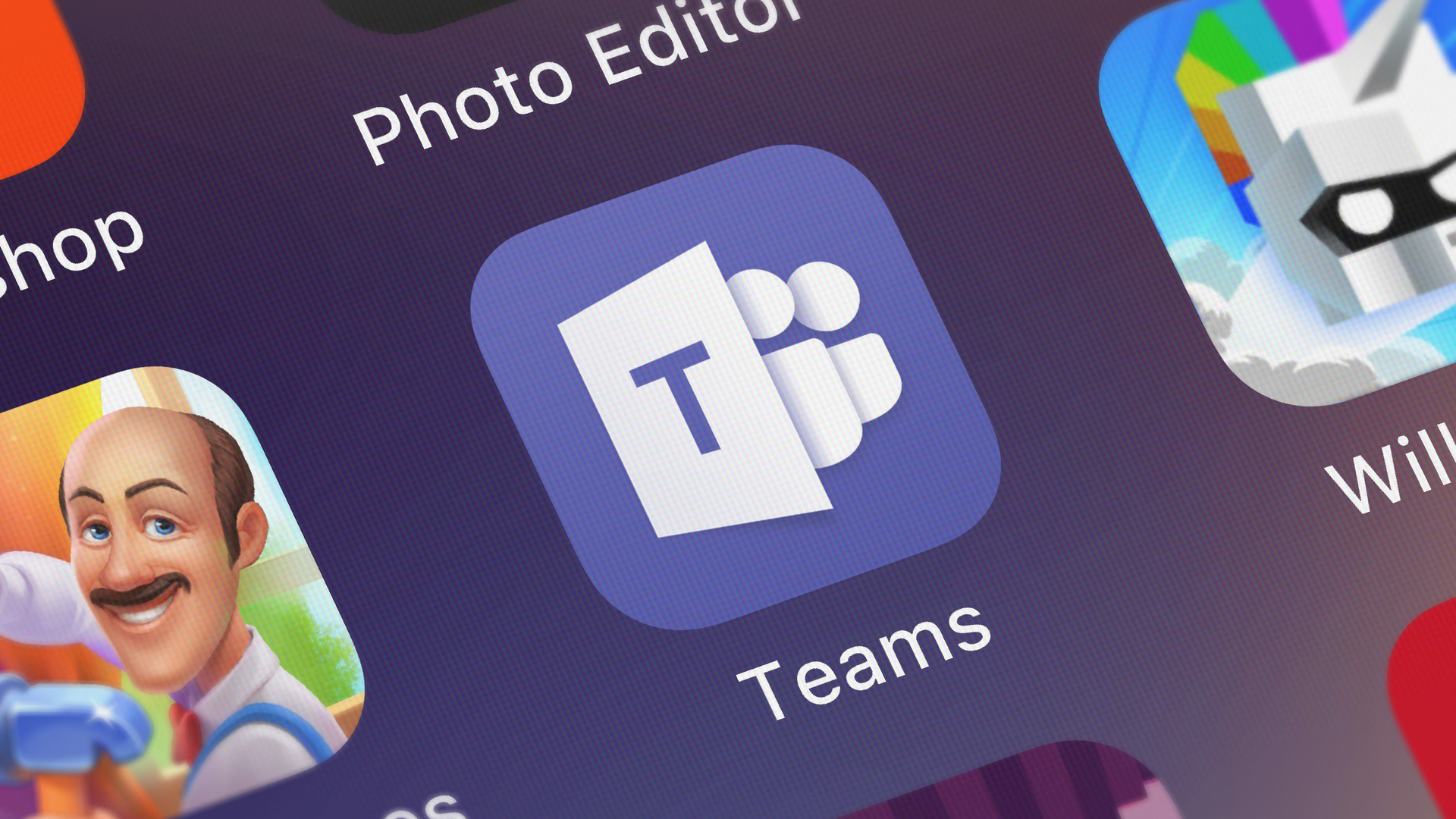

Microsoft has said its Teams app now uses 50% less power when running video calls and meetings, thanks to a range of performance improvements it has implemented since 2020.
Microsoft Teams can be especially demanding for users of low-end devices that lack the adequate hardware processing capabilities of more expensive models, Microsoft said, especially with functions like meetings with multiple video streams or sharing one's screen with a group.
Ongoing optimisations to the collaboration platform have improved the experiences for many business users and have led to reduced energy costs, Microsoft said, as it outlined the timeline of its optimisation releases over the past few years.
"One of the challenges brought on by the ubiquity of Teams is the need to create equitable experiences across an incredibly diverse Windows device ecosystem," said Robert Aichner, principal group program manager at Microsoft.
"We’re committed to ensuring great calling and meeting experiences for users on low-end hardware as well as those on high-end workstations and high-resolution monitors. One of the factors we’ve addressed is the difference in power requirements for different customer profiles by ensuring Teams meetings are as energy-efficient as possible, regardless of setup."
Microsoft measured the improvements by creating a testing framework that accounted for different energy-demanding scenarios, such as video meetings and screen sharing, to evaluate the critical processes associated with them to identify optimisation opportunities. Such processes included content capture, encoding, and rendering.
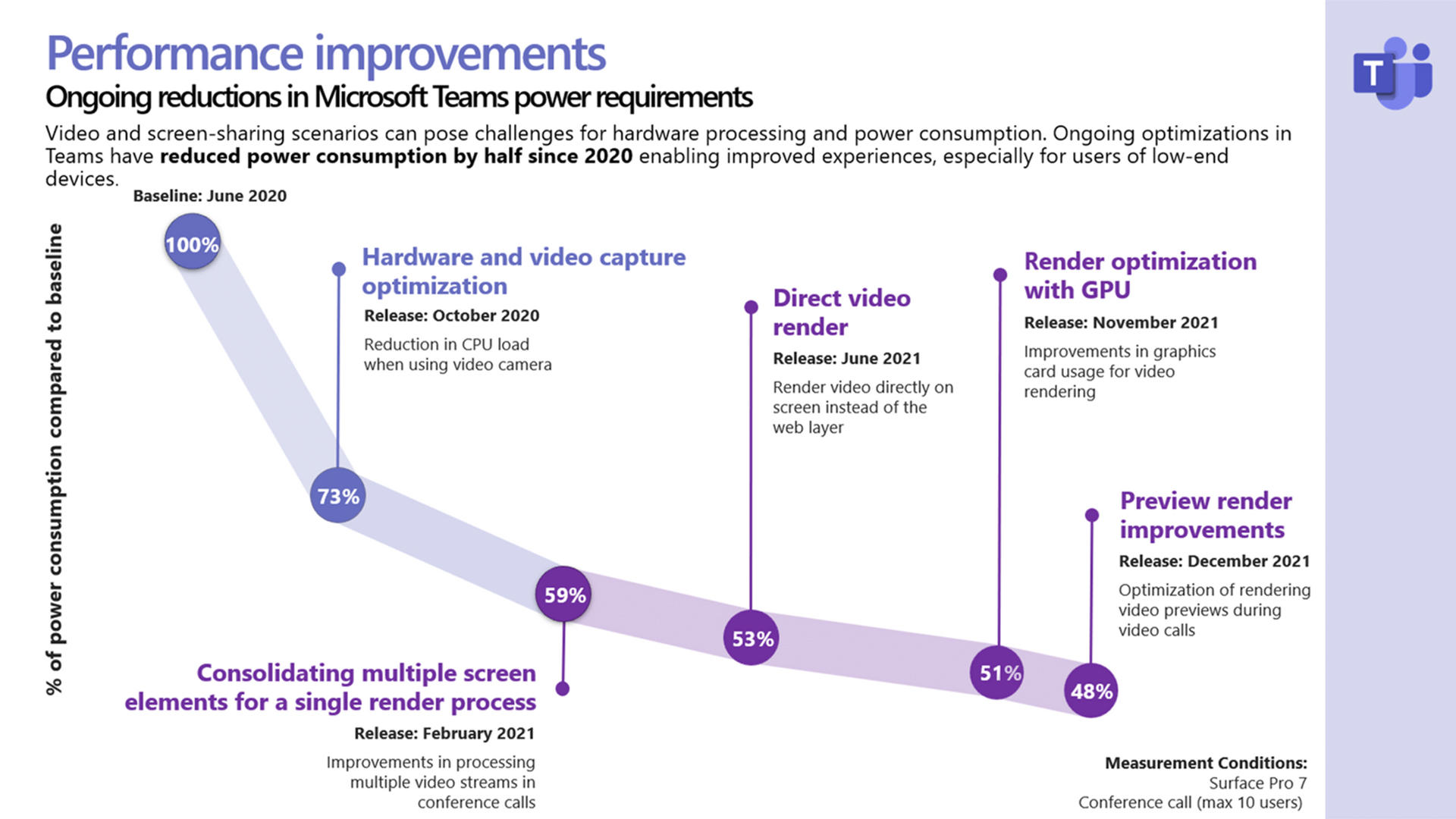
Over the course of 17 months, Microsoft made changes to these processes, starting with video capture optimisation in October 2020, involving a reduction in CPU load when the camera was enabled. This delivered the most significant performance increase, with a 27% drop in power consumption.
Get the ITPro daily newsletter
Sign up today and you will receive a free copy of our Future Focus 2025 report - the leading guidance on AI, cybersecurity and other IT challenges as per 700+ senior executives
Specifically, Microsoft focused on camera optimisations that targeted reduced CPU load in meetings and reducing code complexity in areas such as auto-exposure, auto-white balance, and auto-aliasing.
This was followed by consolidating multiple screen elements for a single render process in February 2021, which brought an additional 14% decrease in power use. Incremental optimisations made over the following year delivered small improvements, slowly building to a peak performance improvement of 52%.
RELATED RESOURCE
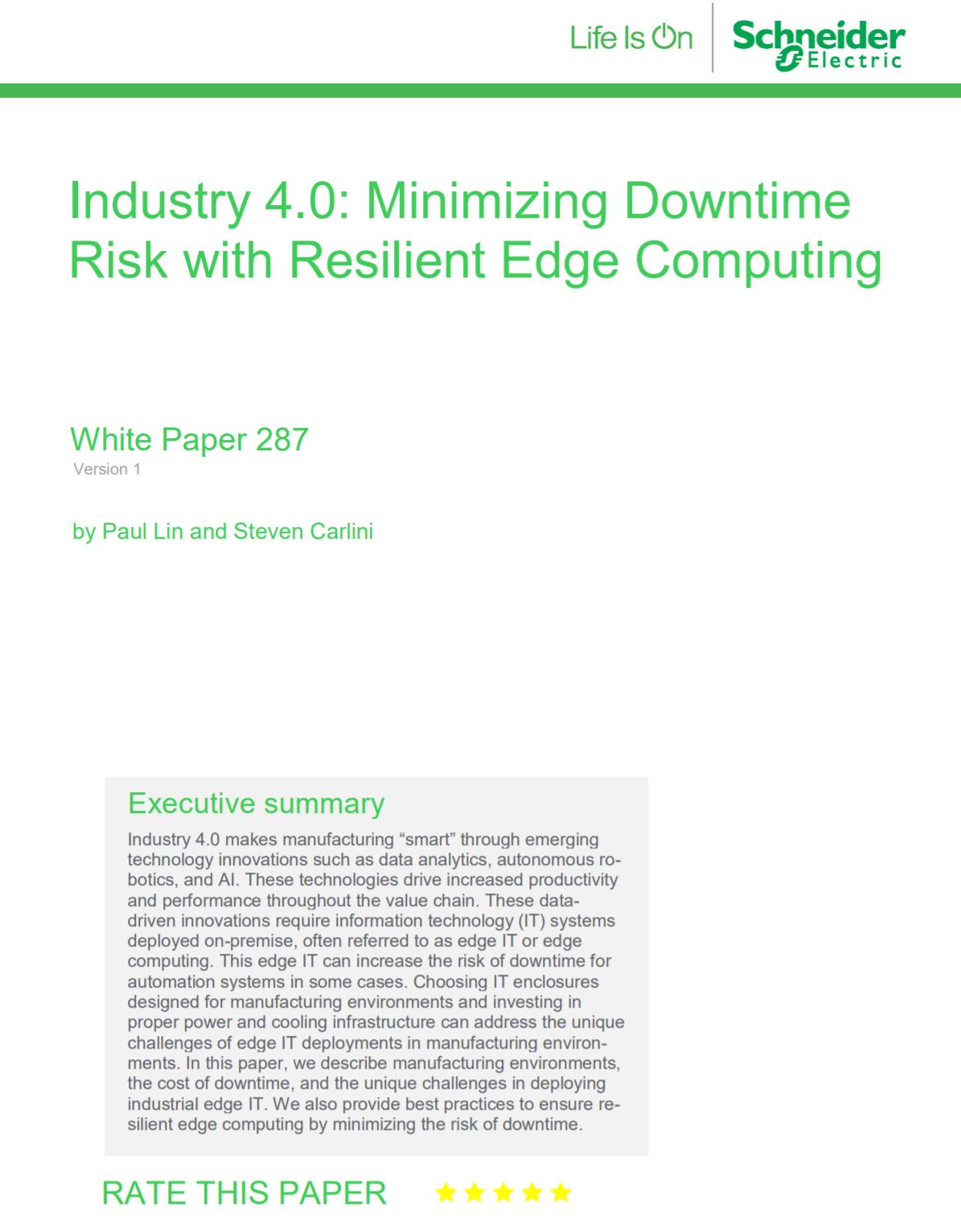
Minimising downtime risk with resilient edge computing
Add value with on-premise edge computing
"Similar to our other performance improvement initiatives, these power consumption improvements are subjected to progressive testing to validate the intended benefits across customers and environments," said Aichner. "Additionally, we evaluate each new planned Teams feature to ensure existing processing efficiencies are not compromised.
"So while we continue to launch innovative Teams features to help people connect and collaborate in new ways, we’re also dedicated to making sure these experiences are optimised for all users, regardless of their network and devices."

Connor Jones has been at the forefront of global cyber security news coverage for the past few years, breaking developments on major stories such as LockBit’s ransomware attack on Royal Mail International, and many others. He has also made sporadic appearances on the ITPro Podcast discussing topics from home desk setups all the way to hacking systems using prosthetic limbs. He has a master’s degree in Magazine Journalism from the University of Sheffield, and has previously written for the likes of Red Bull Esports and UNILAD tech during his career that started in 2015.
-
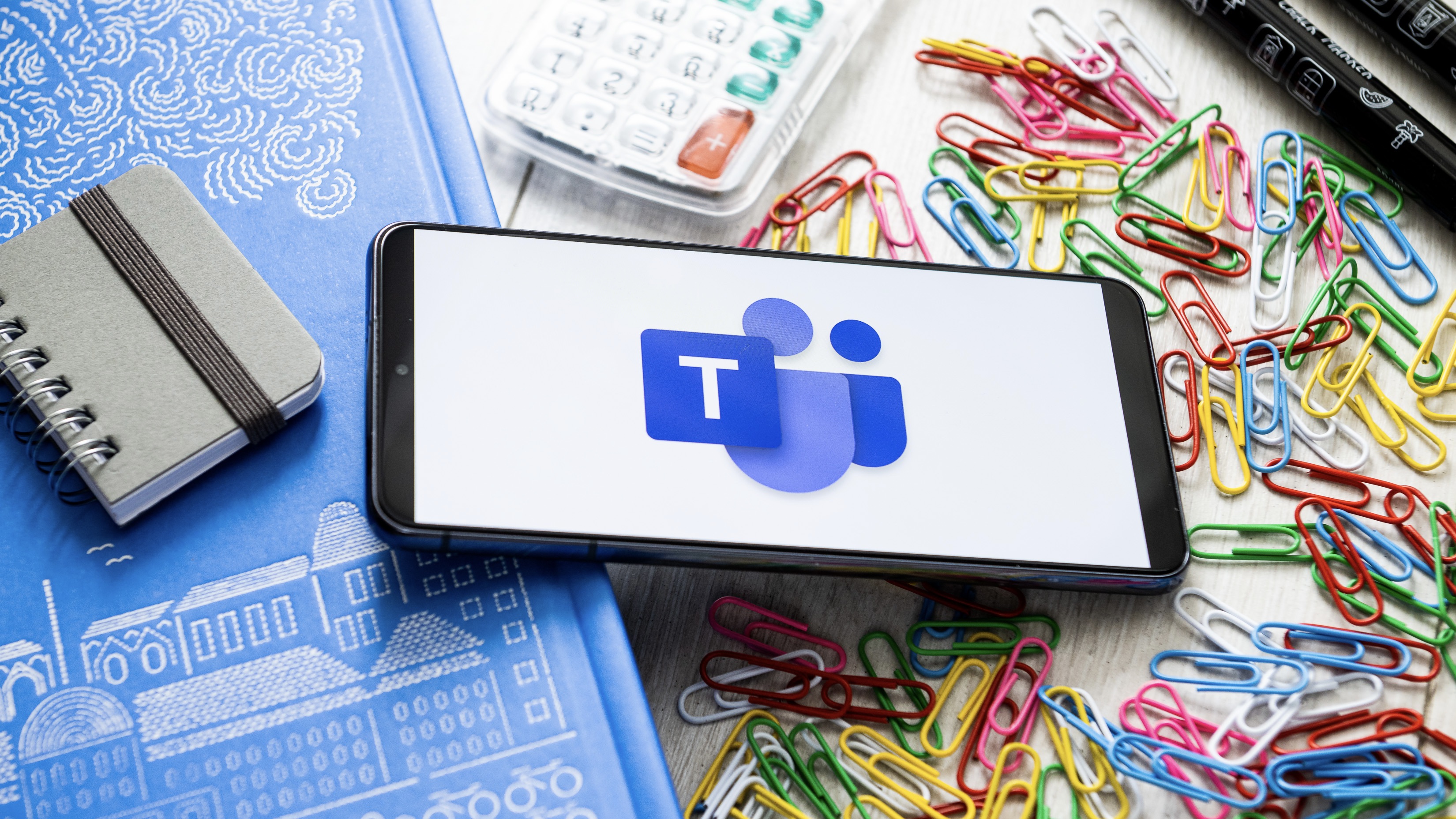 New Microsoft Teams features for business users
New Microsoft Teams features for business usersIn-depth All the latest Microsoft Teams features after the platform is given a redesign, complete with an AI-powered assistant and a faster engine
By Danny Bradbury
-
 Microsoft Teams now allows SMBs to collect payments in meetings
Microsoft Teams now allows SMBs to collect payments in meetingsNews With the help of PayPal, Stripe, and GoDaddy, the Microsoft Teams Payments app offers in-meeting payment requests
By Connor Jones
-
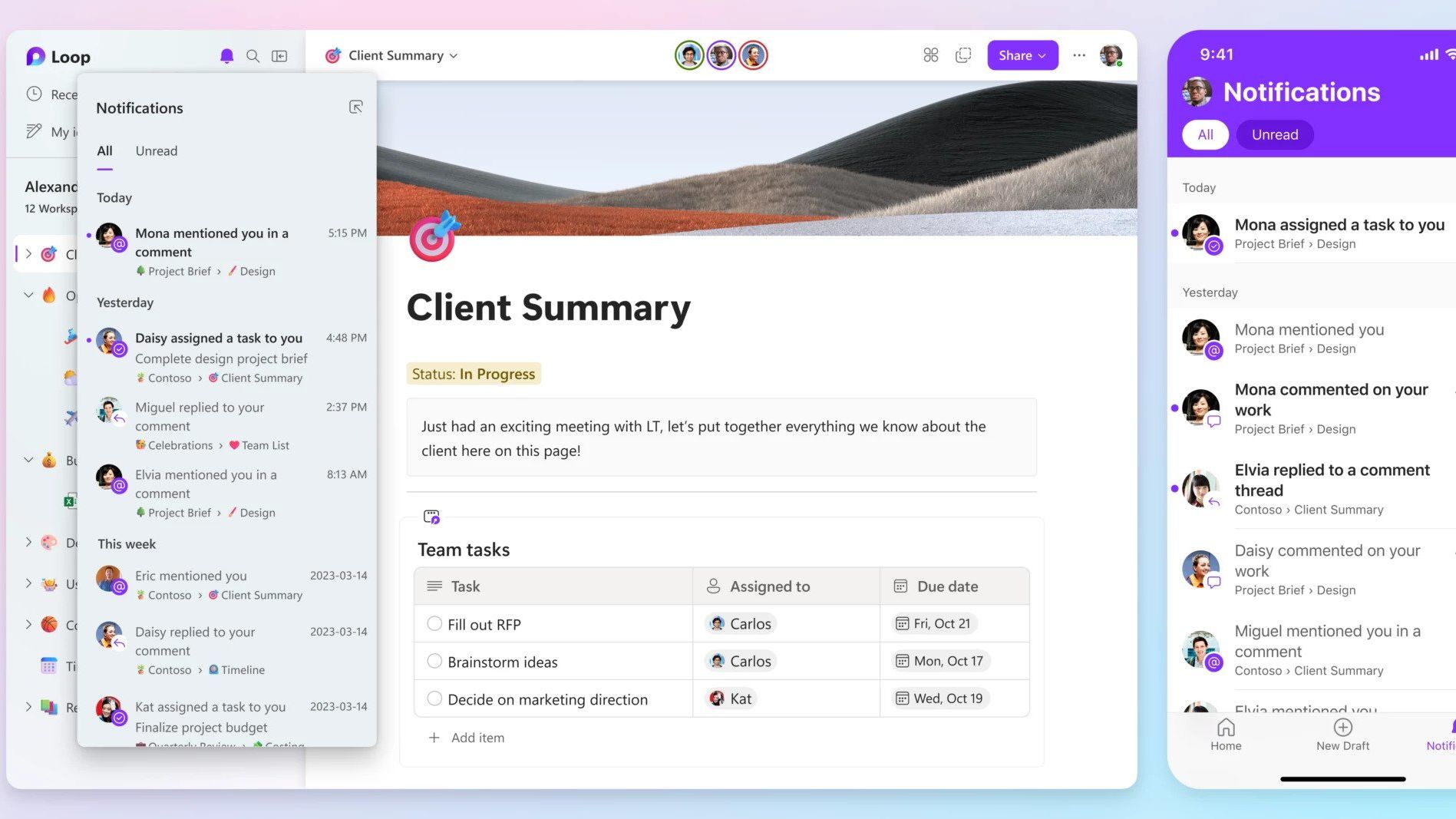 Microsoft launches collaboration platform Loop, its answer to Notion
Microsoft launches collaboration platform Loop, its answer to NotionNews Greater collaboration tools are coming to the Microsoft 365 suite, aiming to help teams work together without having to jump between different apps
By Zach Marzouk
-
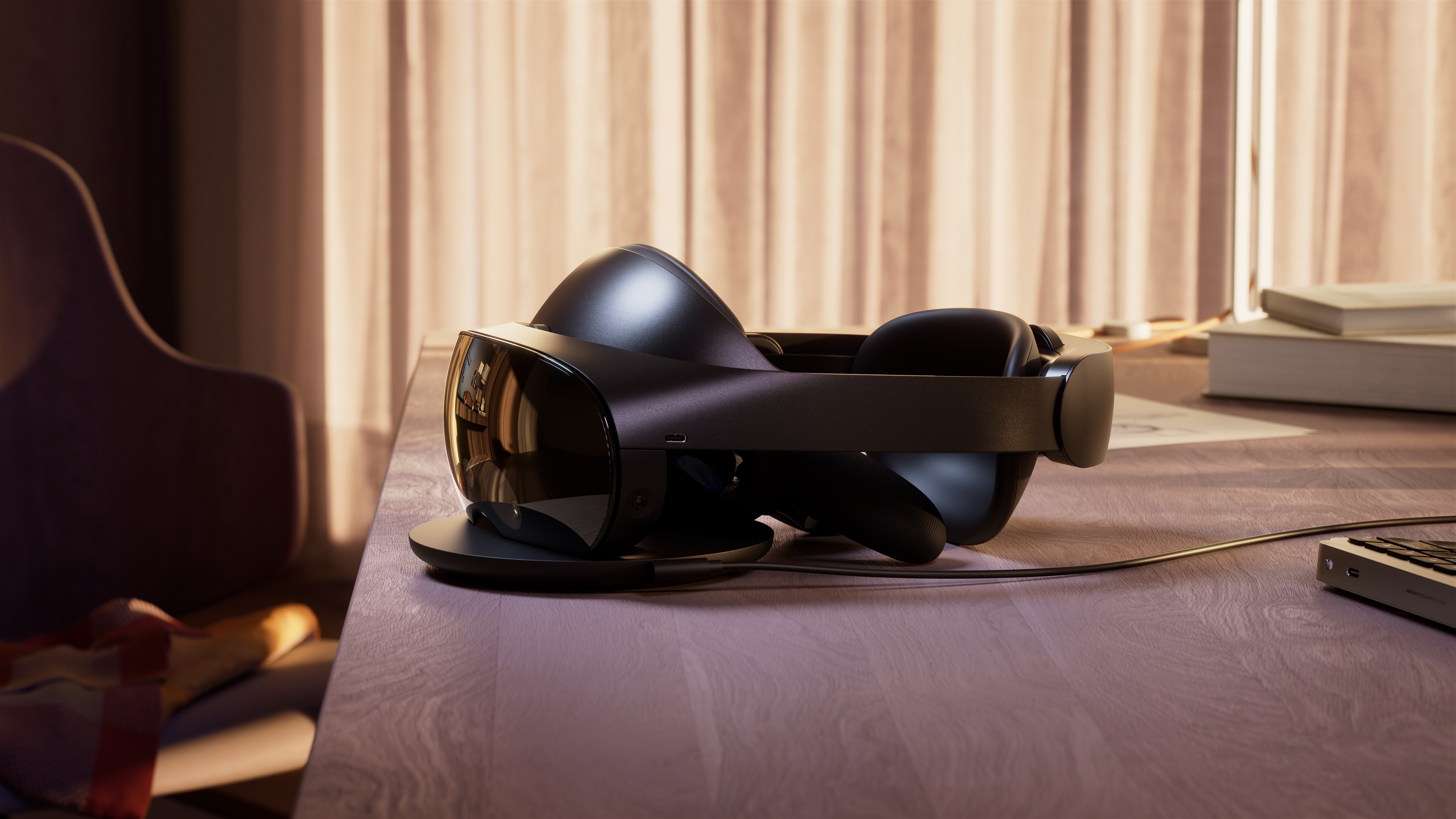 Meta Quest Pro preview: Meet Meta's 'laptop killer'
Meta Quest Pro preview: Meet Meta's 'laptop killer'Opinion We go hands-on with the Meta Quest Pro, as the firm banks on turning hardware preferences upside down
By Bobby Hellard
-
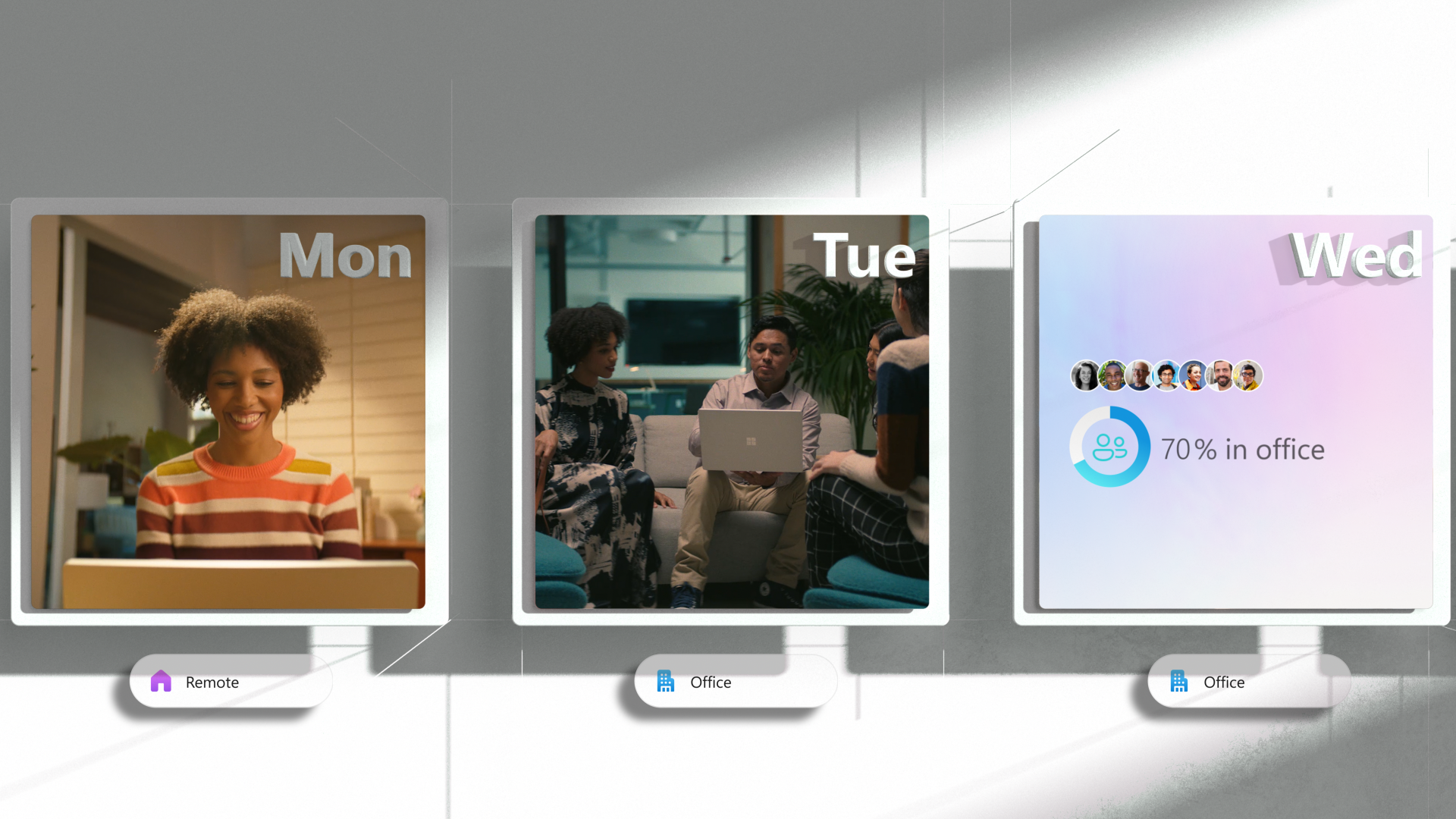 Microsoft launches Places, includes GPS-style navigation to help find meeting rooms
Microsoft launches Places, includes GPS-style navigation to help find meeting roomsNews The new app built specifically for organisations adopting a permanent hybrid work model brings new features to manage people and the workplace itself
By Connor Jones
-
 The IT Pro Podcast: Enabling bilingual business
The IT Pro Podcast: Enabling bilingual businessIT Pro Podcast How Wales is using digital tech to deliver a greater choice of languages
By IT Pro
-
 Podcast transcript: Enabling bilingual business
Podcast transcript: Enabling bilingual businessIT Pro Podcast Read the full transcript for this episode of the IT Pro Podcast
By IT Pro
-
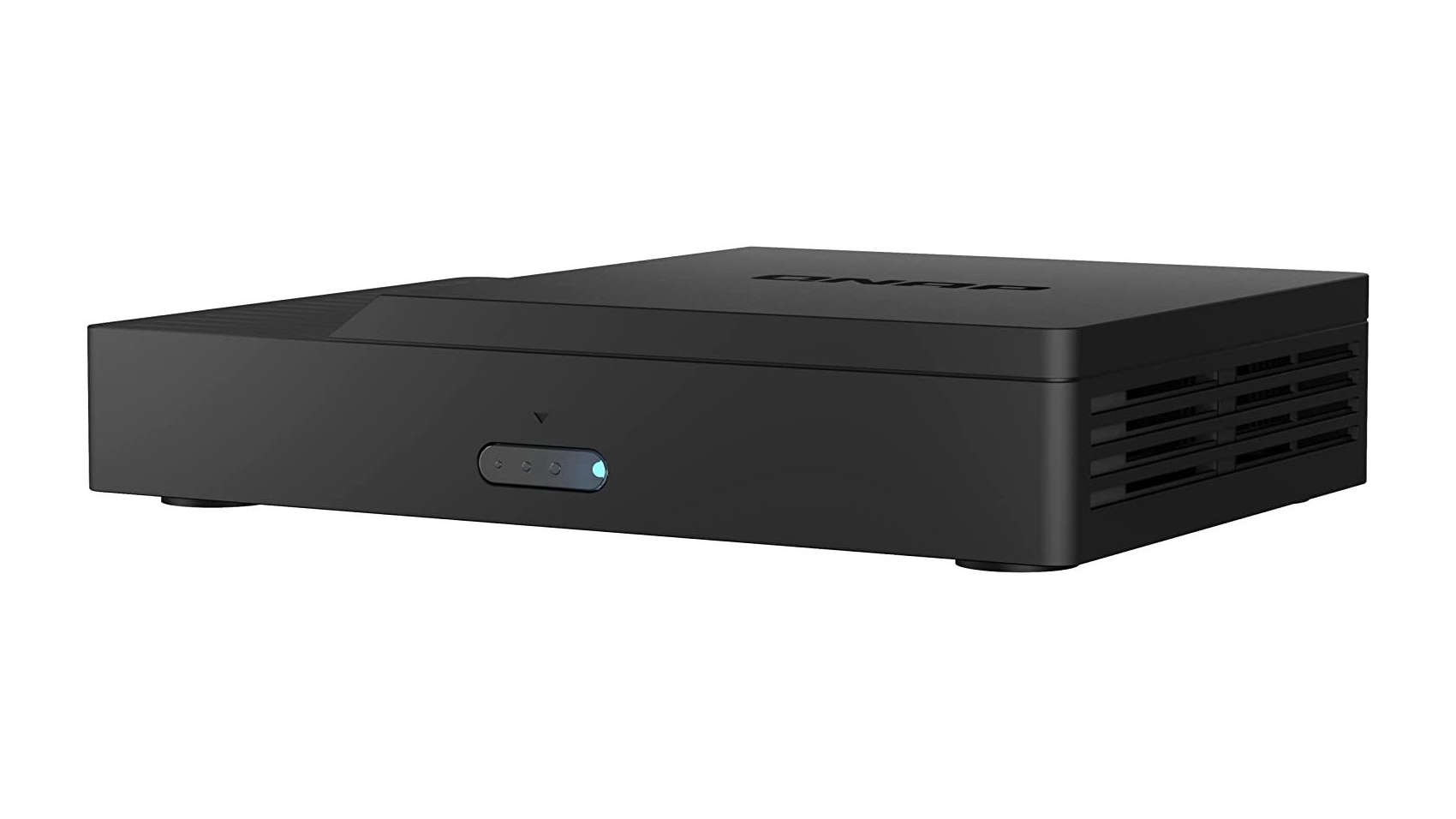
 Qnap KoiBox-100W review: An intriguing alternative
Qnap KoiBox-100W review: An intriguing alternativeReviews A versatile and affordable videoconferencing solution with great wireless screen presentation features
By Dave Mitchell

